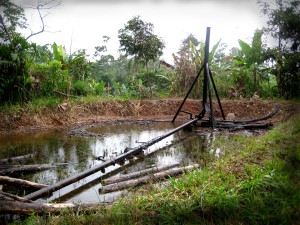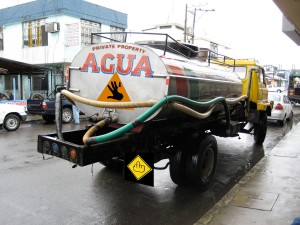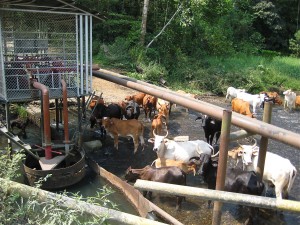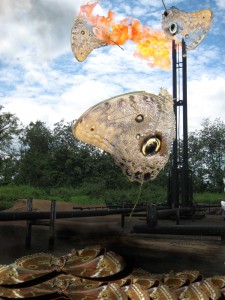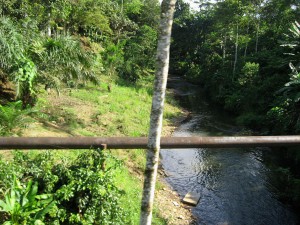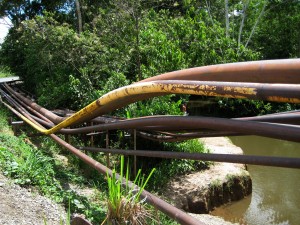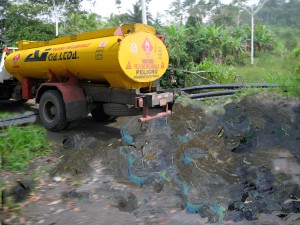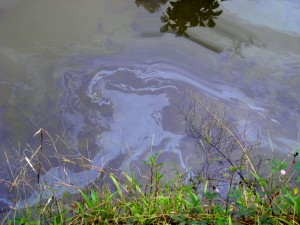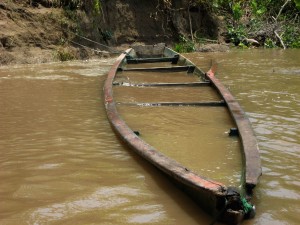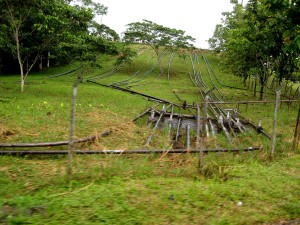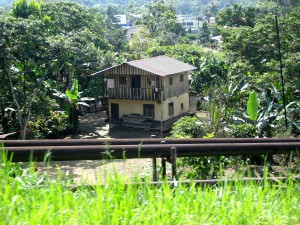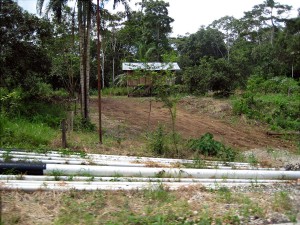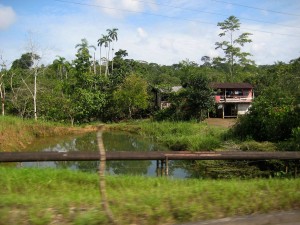road trip: toxic tour of ecuador, 2009
Over three decades of oil drilling in the Ecuadorean Amazon, Chevron dumped more that 18 billion gallons of toxic wastewater into the rainforest, leaving local people suffering a wave of cancers, miscarriages, and birth defects. Now with the support of an international campaign for justice, the communities affected by Chevron’s negligence are holding one of the world’s largest oil companies to account.
Here are some of my photos from two trips to ride on the Toxic Tour bus with friends and the staff of Amazon Watch. Some of the photos got enhanced by this artist to more accurately convey the forces swirling around the struggle for the rights of ecosystems and the collective rights of Ecuador’s Indigenous peoples versus those who would exploit them.
Download Christy’s Road Trip: Toxic Tour of Ecuador, 2009 (PDF, 3 MB)
Download The True Cost of Chevron by Antonia Juhasz (PDF, 4 MB)
©christy rupp 1962–2025 | site by lisa goodlin design

